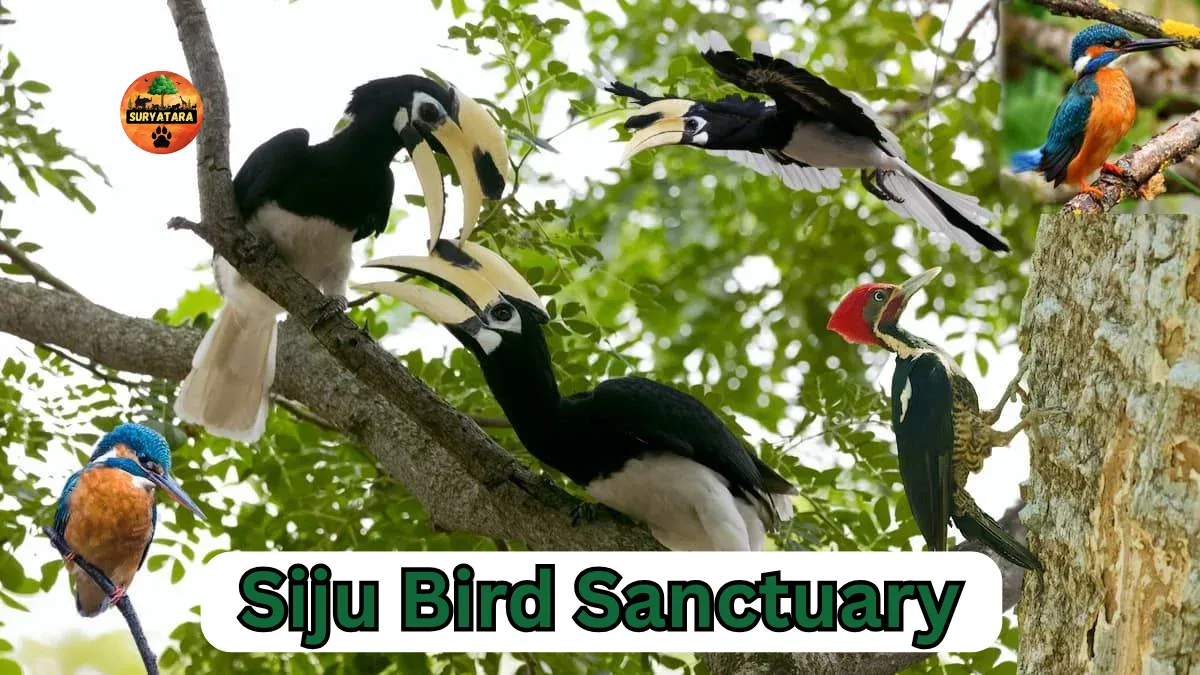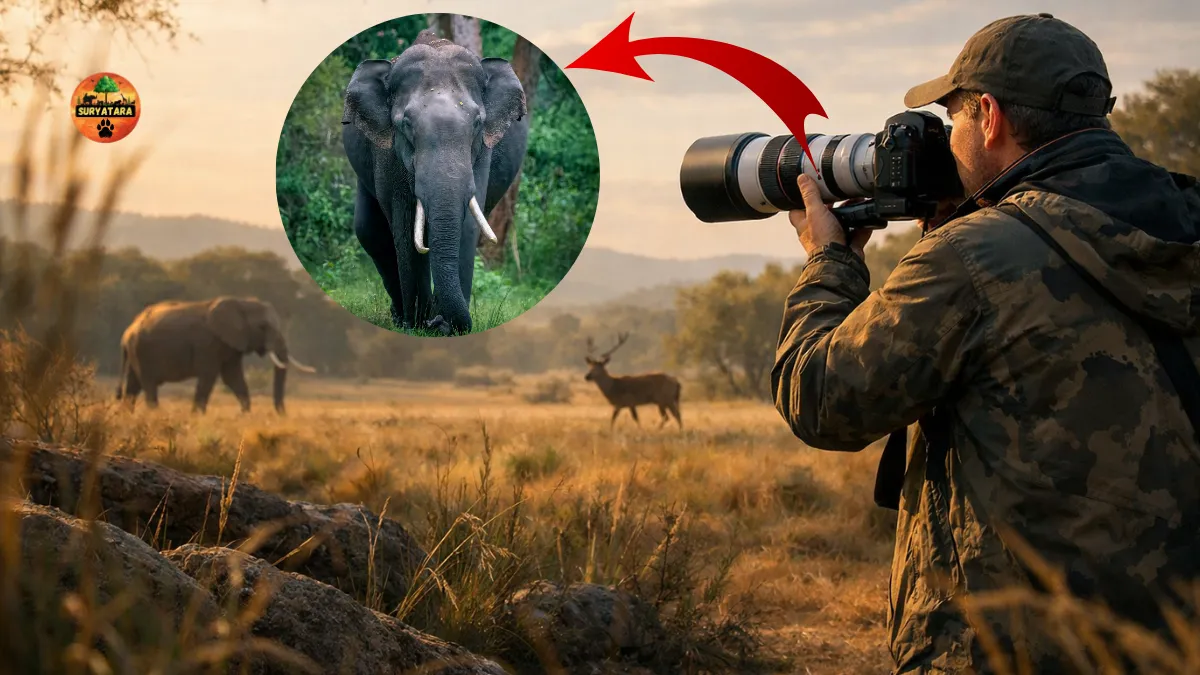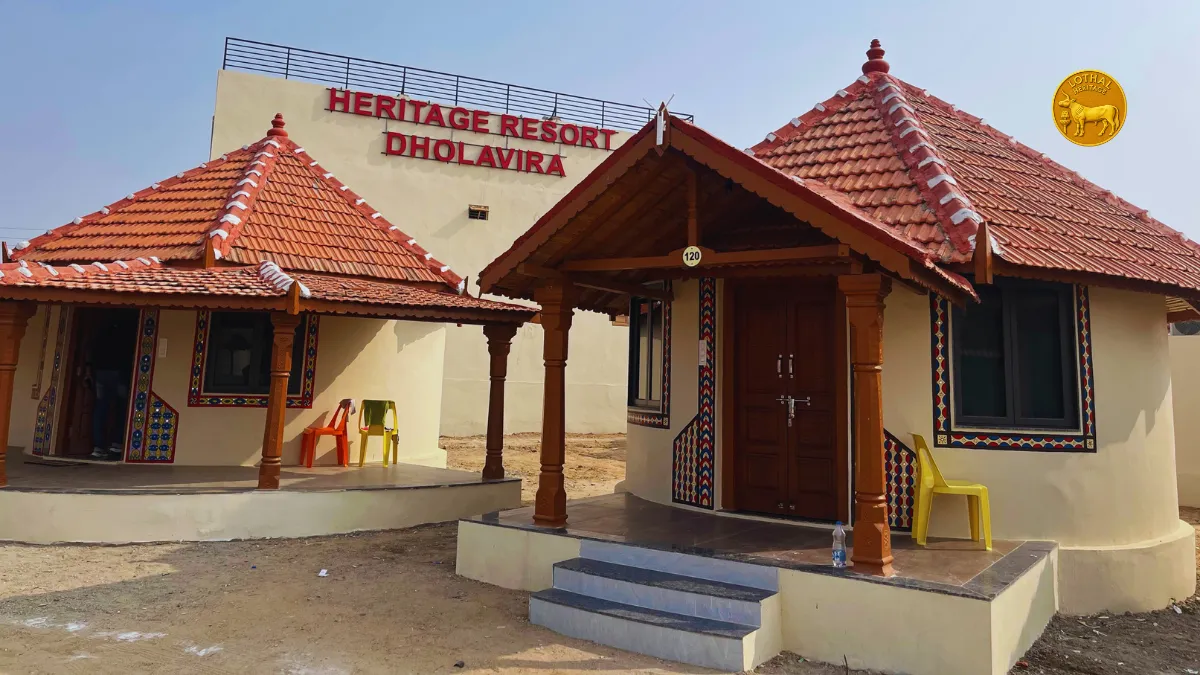Siju Bird Sanctuary is a lesser-known gem nestled in the Garo Hills of Meghalaya, India. It is one of the most serene and biodiverse bird sanctuaries in the Northeast region, offering a rich and immersive experience for birdwatchers, nature lovers, and eco-travelers. Home to rare and endangered bird species, this sanctuary holds immense ecological and tourism value.
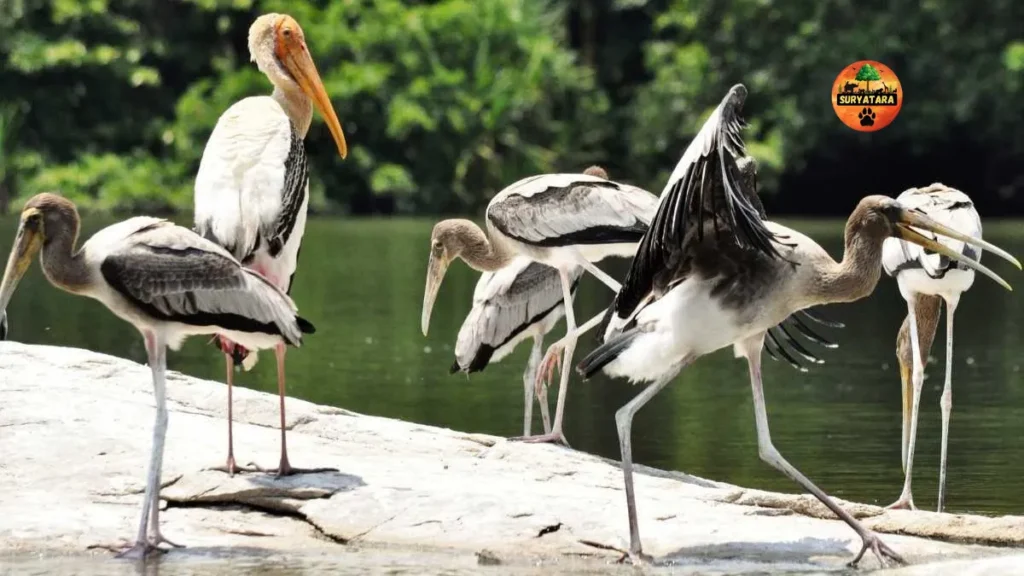
Discovering the Wonders of Siju Bird Sanctuary
Siju Bird Sanctuary is located near the Siju village in South Garo Hills, just adjacent to the famous Siju Caves. The sanctuary is widely known for hosting a large number of migratory birds, especially during the winter months. It’s not just the birds that attract attention—lush forests, limestone formations, and proximity to the Simsang River all contribute to the sanctuary’s breathtaking landscape.
Key Highlights of Siju Bird Sanctuary
Below is a table with essential information every visitor should know:
| Feature | Details |
|---|---|
| Location | South Garo Hills, Meghalaya, India |
| Nearest Town | Baghmara (approximately 30 km away) |
| Best Time to Visit | November to February |
| Famous For | Migratory birds, endangered species, lush forest |
| Nearby Attractions | Siju Cave, Simsang River, Baghmara Reserve Forest |
| Accessibility | By road via Tura or Guwahati; limited public transport |
| Accommodation Options | Guesthouses and forest lodges in Baghmara and Siju |
| Ideal Duration | 1–2 days |
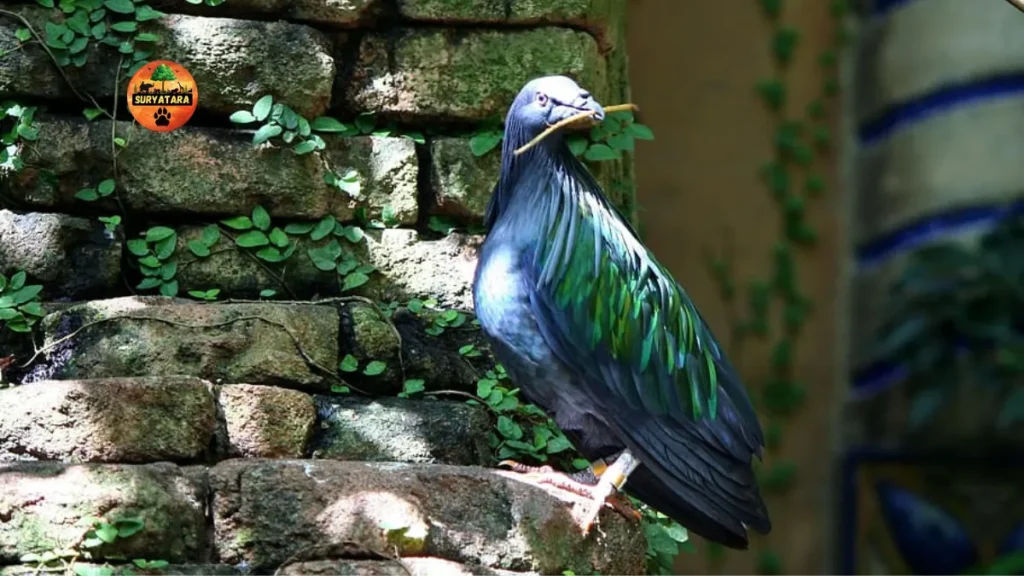
Why Siju Bird Sanctuary is Special
One of the primary reasons why bird enthusiasts flock to Siju Bird Sanctuary is the chance to observe rare species such as the Grey Hornbill, Peacock Pheasant, Siberian Ducks, and other migratory birds in their natural habitat. The sanctuary is also home to several endemic and endangered birds, making it a critical spot for avian biodiversity conservation.
Moreover, Siju Bird Sanctuary lies in the Indo-Burma Biodiversity Hotspot region, which adds further ecological significance to its existence. The dense subtropical forests surrounding the sanctuary provide ideal nesting and feeding grounds for hundreds of avifauna species.
Exploring the Sanctuary: What to Expect
- Birdwatching Opportunities: Bring your binoculars and camera, as sightings of rare birds are frequent, especially during early mornings and late afternoons.
- Nature Walks and Trekking: Guided walks through the trails provide an immersive forest experience.
- Visit to Siju Cave: One of the longest caves in the Indian subcontinent, the Siju Cave lies nearby and complements the sanctuary visit with its ancient limestone formations and underground streams.
- Cultural Interactions: The local Garo tribe is known for their warm hospitality and rich traditions, offering tourists a peek into the indigenous culture.
Subheading with Focus Keyword: Best Time to Explore Siju Bird Sanctuary
If you’re planning to explore Siju Bird Sanctuary, the best time to visit is from November to February, when the weather is pleasant and migratory birds arrive in large flocks. During this season, birdwatching becomes a magical experience, as the skies and treetops come alive with colors, calls, and flight.
Avoid traveling during the monsoon (June–September), as the region receives heavy rainfall and trails become difficult to navigate. Summer (March–May) is relatively warmer and may still offer good bird sightings, though not as vibrant as the winter months.
How to Reach Siju Bird Sanctuary
Reaching the sanctuary requires some planning:
- By Air: The nearest airport is in Guwahati (Assam), around 270 km away.
- By Train: Guwahati Railway Station is the major railhead, connected to most parts of India.
- By Road: From Guwahati or Shillong, you can travel via Tura and then to Baghmara. From Baghmara, local transport or private jeeps can take you to Siju.
While the journey may seem long, the scenic route through hills, rivers, and forest roads offers a rewarding experience.
Also read: Vantara: A World-Class Wildlife Rescue and Rehabilitation Center in India
Tips for Visitors
- Carry insect repellent, especially if trekking into dense forest areas.
- A local guide is highly recommended to spot birds and explore deeper trails.
- Respect the silence and natural habitat—avoid loud music or disruptive behavior.
- Dress in earthy, non-bright colors to blend into the environment and not scare the birds away.
- Bring reusable water bottles and avoid plastic waste to help conserve the sanctuary.
Also read: Dubare Elephant Camp Timings and Entry Fee: Everything You Need to Know Before You Visit
Conclusion
Siju Bird Sanctuary may not be as popular as some of India’s larger reserves, but its untouched beauty, rich biodiversity, and peaceful setting make it a true paradise for birdwatchers and nature explorers. For anyone passionate about birds or looking to experience Meghalaya beyond its typical tourist spots, Siju Bird Sanctuary is a destination worth discovering.
Whether you are a serious ornithologist or a weekend nature lover, Siju’s dense canopy, melodic birdsong, and hidden caves promise an experience that is as tranquil as it is unforgettable.
